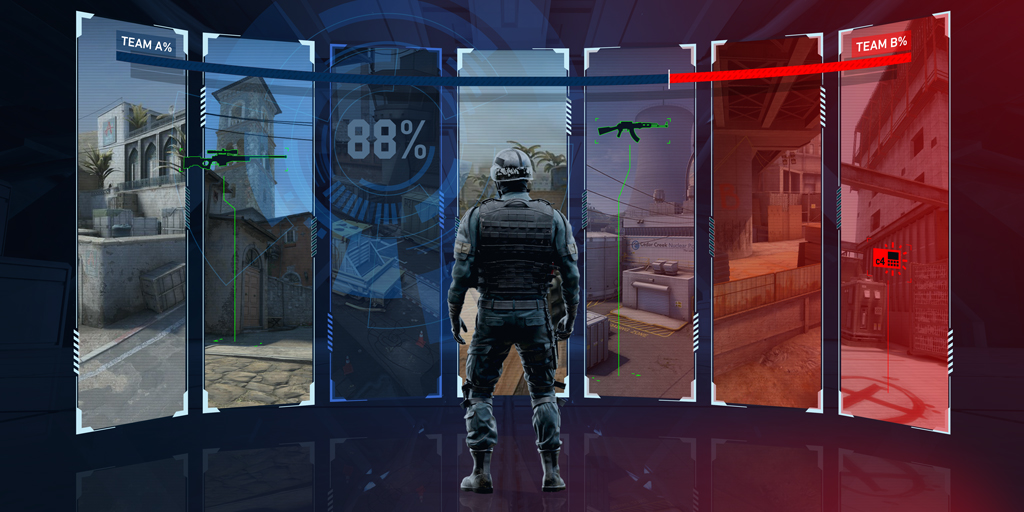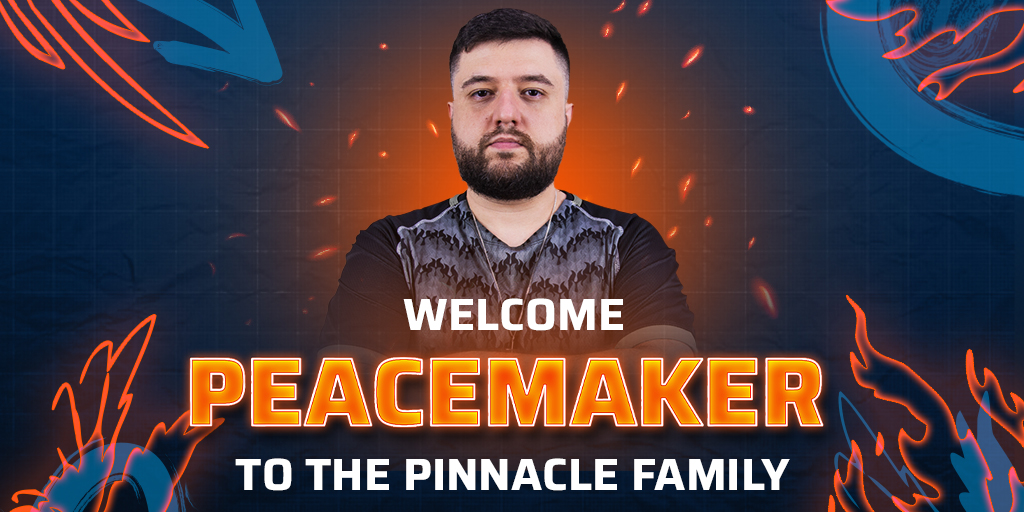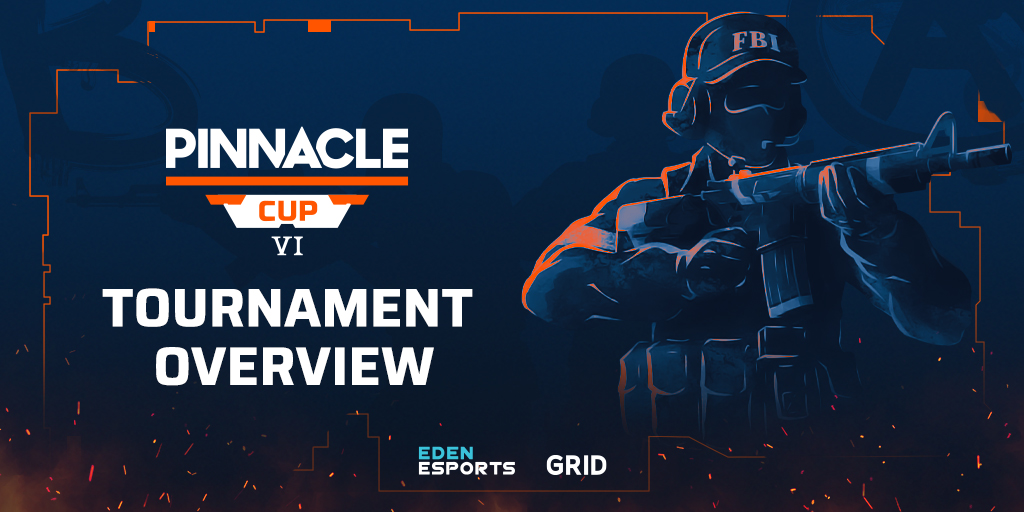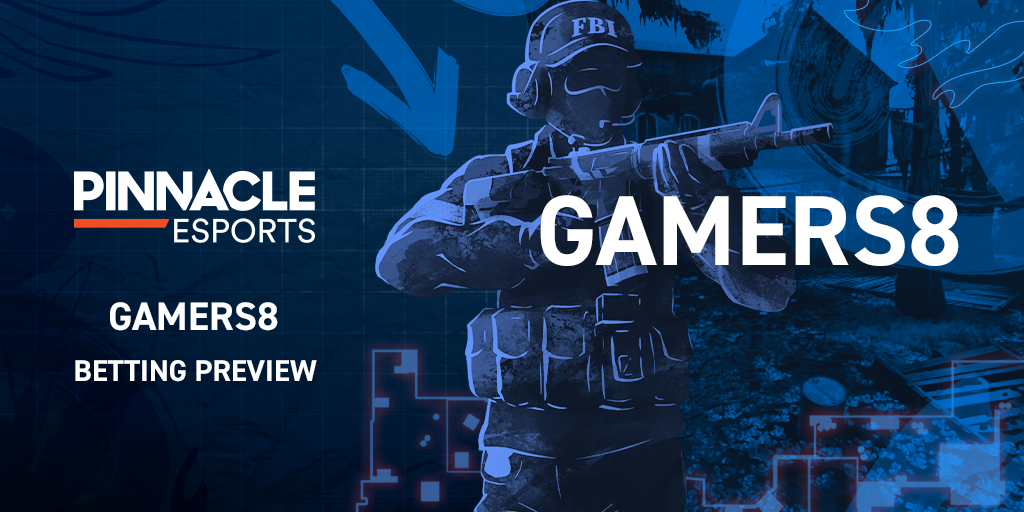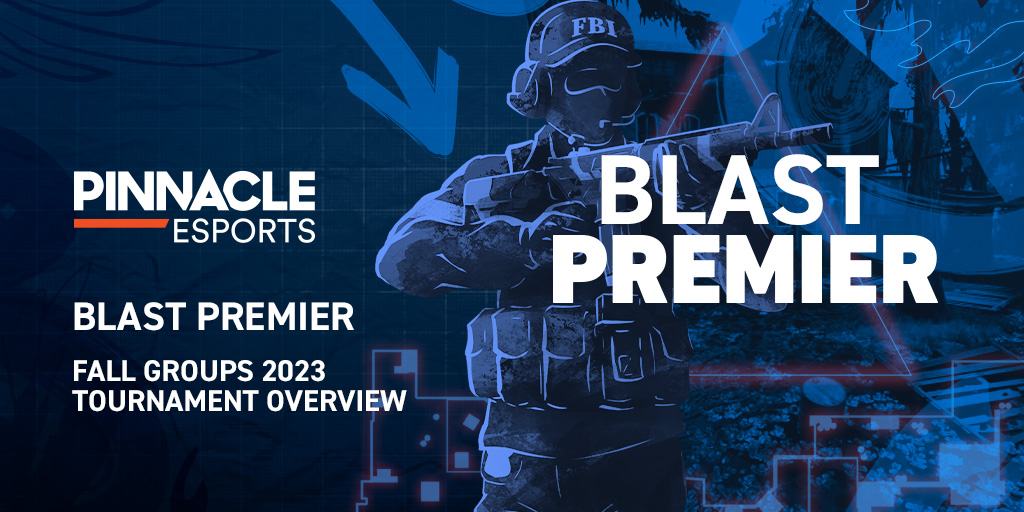Some bettors may think all seven maps play out the same way in CS:GO, but they are actually incredibly different. Certain maps have a slight bias to different sides, while others will be better-suited to different play styles. Read on to find out why map knowledge is important when betting on CS:GO.
If you are new to CS:GO, you might assume a team losing 11 - 4 on a certain map wouldn’t stand much chance of pulling themselves back into the game. However, this could still be a good half (so long as the overall score doesn’t reach 15) for the losing side depending on which map is being played.
Bettors should pay close attention to the score deficit. What has happened in the first half, and what side each team has played on, has to be taken into account, and a prediction on the outcome of a match shouldn’t just be based on the current score.
Comebacks are very common in CS:GO (especially on the more one-sided maps) so it is important to be aware of which side the two teams are suited to, and which side favours either Terrorists (T) or Counter-Terrorists (CT).
Nuke
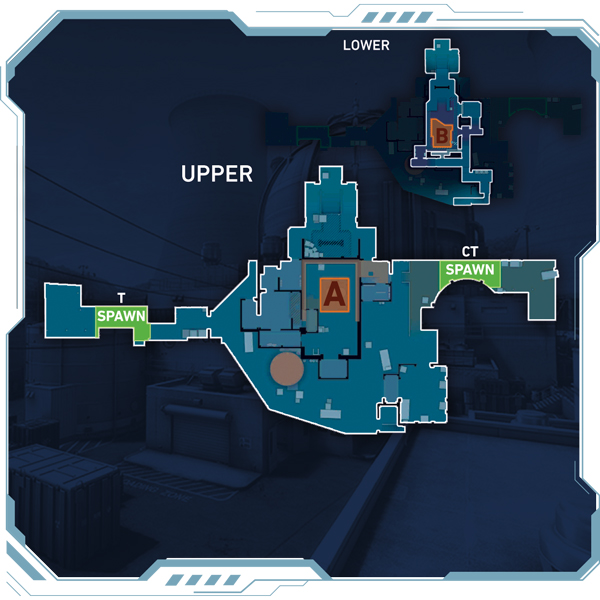
Nuke is one of the most CT-sided maps in CS:GO at present. However, map updates could change this in the future. In 2017, 45.2% of T-sided rounds were won on Nuke, 2018 saw a slight increase to 45%, and 2019 saw the figure drop to 43.3%.
To put this into perspective, losing 9-6 after the first half on the T side would put that team at an advantage going into the second half of the match, as Nuke is considered to be more CT-favoured. However, this doesn’t necessarily put that team at a direct advantage as skill and performance play a critical role.
The narrow choke points on the upper bombsite (as seen in the image above), vantage points, easy rotate times for the CT side, and a ramp that is easy to fall back on are just a few reasons why Nuke is so heavily CT-favoured.
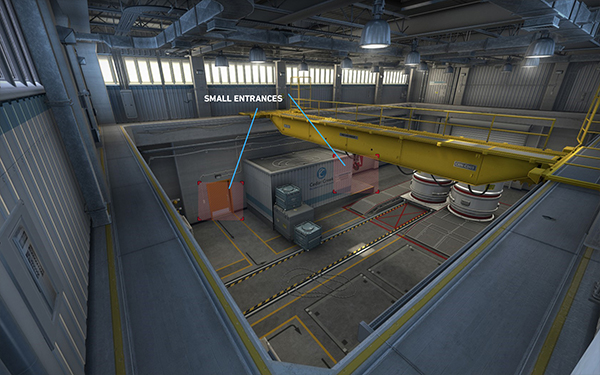
However - just because Nuke favours the CT side, it doesn’t mean you should always bet on the team playing the CT side. A team might not particularly know how to play Nuke, at least not as well as the team they are playing against. Regardless of winning figures, this would put them at a disadvantage.
The removal of the Catwalk outside and the window from the hut will, in theory, make the map even more CT-biased. However, this could also allow for players and teams to think of better strategies in order to avoid this potential choke point, such as the smoke wall between T Red Box and Secret.
Dust2
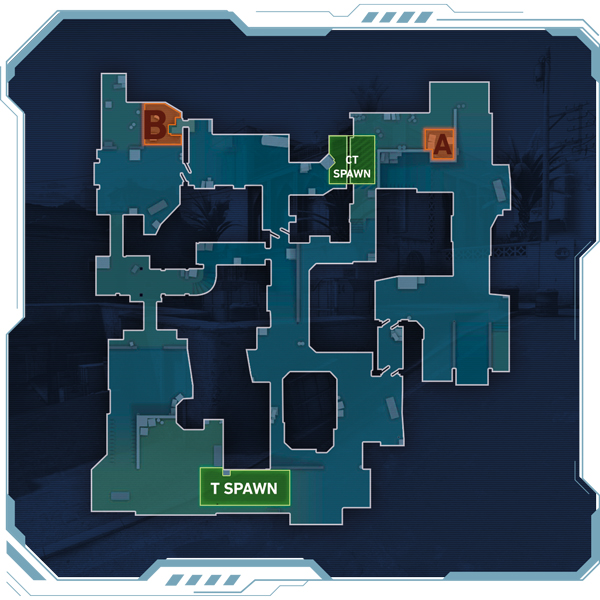
Dust2, which was removed from active competitive duty in February 2017 and reintroduced in October 2017, can be considered more equal to play than Nuke (with a slight lean towards the T side). A 10-5 CT half on this map is usually enough for most well-organised sides to close a game out. In 2018, 51.9% of T rounds were won on Dust2.
Comebacks are very common in CS:GO (especially on the more biased maps) so it is important to be aware of which side the two teams are suited to.
During the IEM Katowice 2019 Major, 58.4% of T rounds were won, which does highlight an imbalance in either the map design, or players or teams not understanding the strategies that should be used on the map.
One of the reasons for the higher number of T-sided rounds won is the layout of the map. Unlike on Nuke, the rotation times (how fast teams move around the map) for the CT side are a lot higher, and the T side also starts each round with immediate mid control. This gives them access to either the A or B sites or to continue down mid, towards the CT spawn.
From the radar image above, it shows the distance the CT team would have to travel in order to successfully enter one of the sites, defeat the other team and then complete the objective. Whilst possible to be successful as CTs, the advantage lays with the T side due to the many entry points they have to the map objectives.
Overpass
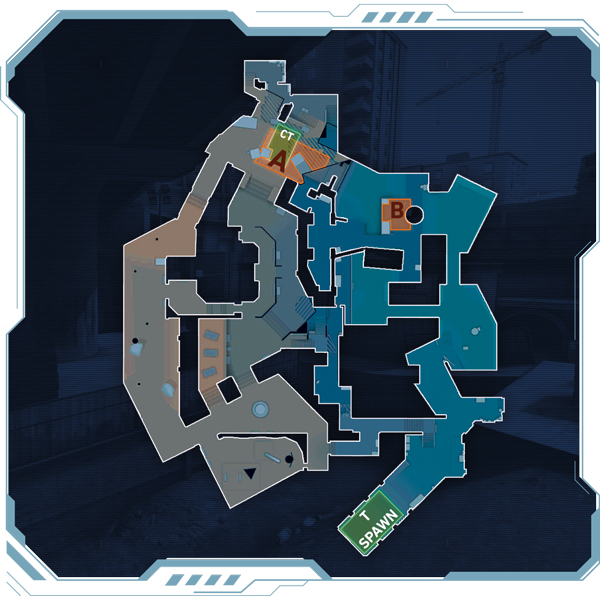
Overpass favours the CT side right now - 53.3% of rounds were won on the CT side as of the last 12 months*. A 9-6 half on this map would look decent for the T side, and anything above six would leave them in an incredibly good position coming into the second half.
The rotation times are quick on Overpass, with the bombsites almost on top of one another. It is also one of the most diverse maps for CT play. CTs aren’t restricted with what they can do at the start of the round, and the ability to change strategies mid-way through a round requires the T side to keep guessing where the CTs will be. Additionally, the T side must use a lot of utility (Grenades) just to gain small amounts of map control.
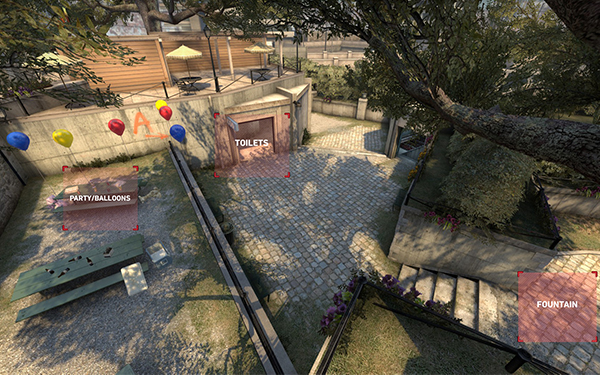
The short rotations allow for the T side to easily rotate around the map. CT possess more vantage points, whereas the T side have to hard engage using the entire team, leaving them open to being attacked from multiple angles. Each site also has a “backdoor”, where the CT side can easily rotate between A and B, providing them with a quicker response time. Bettors should keep this in mind when contemplating a live bet.
T side could be at tactical advantage if gain control of the Restroom area as they head towards the A site. Additionally, by gaining access to the Restrooms, it gives the T side a strategic advantage as it provides them access to Connector, towards the Construction area.
However – if the T side goes straight for the B site, they could again put their selves in a strategic position if they can gain access to the Canals or Construction area. If they can, and have enough utility, they should gain entrance to a bombsite with the majority of their players intact, they will increase their chances of winning.
Train
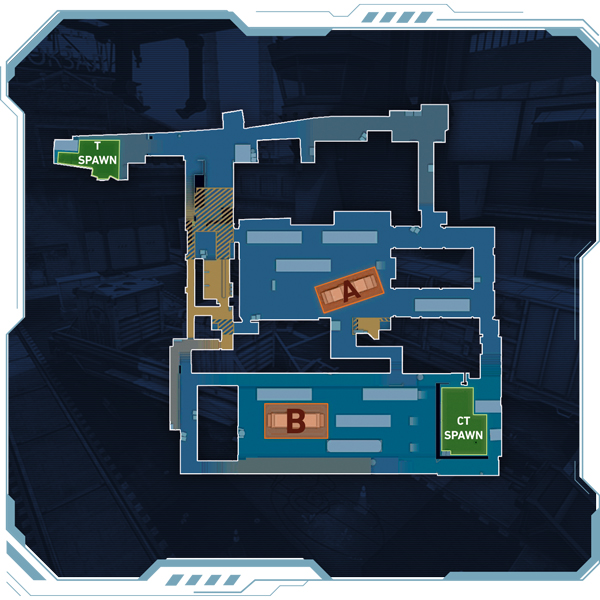
Train has been known as one of the most favoured CT-sided maps in the competitive map pool with a 2019 win-rate of 57.1%. Similar in some ways to Overpass, bettors should look out for a T side with a lot of utility, as Ts would need smoke grenades to breach the majority of areas safely.
Overpass is one of the most CT biased maps right now - 53.3% of rounds were won on the CT side as of the last 12 months.
Winning five rounds (and depending on what happens with the pistol round) would be considered an acceptable score for the T side on this map. If they wanted to win the match, then anything above five puts a team in a very strong position when swapping sides at half time.
Train may be considered CT-biased, as it contains many narrow tunnels leading into bombsites as well as the Up and Down ladder room, where attacking players must jump or climb down a ladder into a small choke point, which makes it incredibly easy for the CT side to pick off players. The long walkways (Upper Cloud and Lower Ramp) are also prominent in the B site (as shown below) and in Ivy which is vital for splitting the outside bombsite.
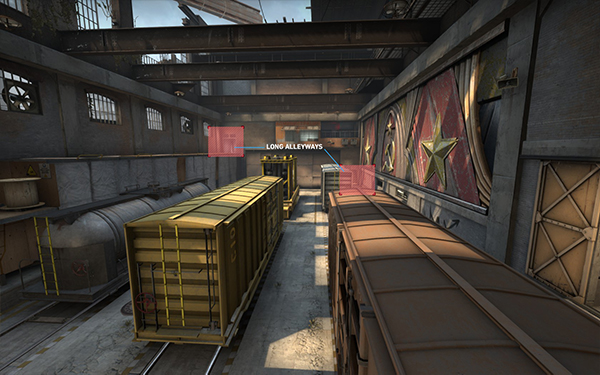
Decent smoke bombs outside, an opening frag and a good use of flashbangs are all things to look out for when watching a match, increasing the chances of the T side winning an important round. Often CT teams will stack four players outside as there are multiple choke points on the bombsite, and a decently-timed fake on the inner site can considerably increase the chances of the T side winning the round with a weaker defence outside.
Mirage
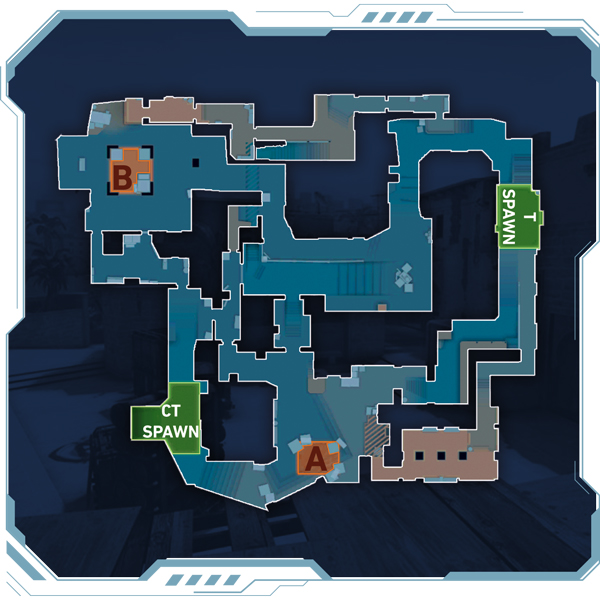
Map control is the key to success on Mirage. Competitively, Mirage should be considered balanced in terms of T and CT win rates. Throughout 2018, Mirage had a 51.4% win rate on CT, and throughout 2019 we can see that the figure has moved closer to a 53.4% win-rate, putting CT at a slight advantage.
Much like on Dust2, mid control is crucial for the T. By having mid control, they are able to navigate not only through the different A and B sites, but also can go through Ladder Room to get around the CTs.
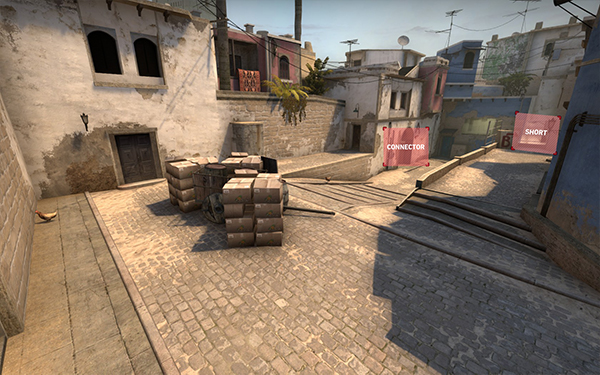
By controlling this, the attacking side denies rotations, and vision and can split onto either bomb site (shown below), making it difficult for the CT side. However – positioning is crucial for the CTs. If the T side fails to gain mid control, the map instantly swings back in the other team’s favour. Due to the size of the outer ring of Mirage, the rotation for T is a lot bigger, and the choke points are significantly more across A and B bombsites.
Due to the nature of Mirage, how balanced the map can be, and how it does not depend on sides, it can be difficult to conduct live betting. The current score could have less impact on the overall outcome of the map, and this could come down to if a team plays better on T rather than CT. It would be worth researching individual teams when live betting using this map.
Vertigo
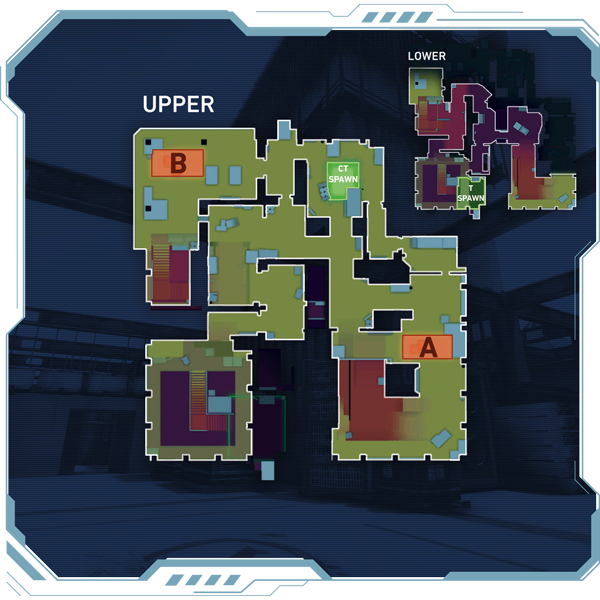
Vertigo is an unusual map as it was never in the competitive map pool until 2019. Statistical data is limited on Vertigo, as having only been picked up this year, teams wouldn’t have had much chance to play and practice on it.
As of May 2019, Vertigo has a total of 896 kills at LAN-based events, which when you consider that there are a total of 30 rounds (unless there is overtime), with ten players on each team, the total number of kills isn’t equivalent to how many rounds are being played.
Because of the lack of play, the CT and T win-rate is almost equal, with CTs holding a very slight lead at 50.4%. However outside of a LAN environment, this figure swings heavily back towards Ts who hold the lead at 53.2%.
As more data becomes available and Vertigo has had more time to settle into the competitive map pool, we will update this article.
Inferno
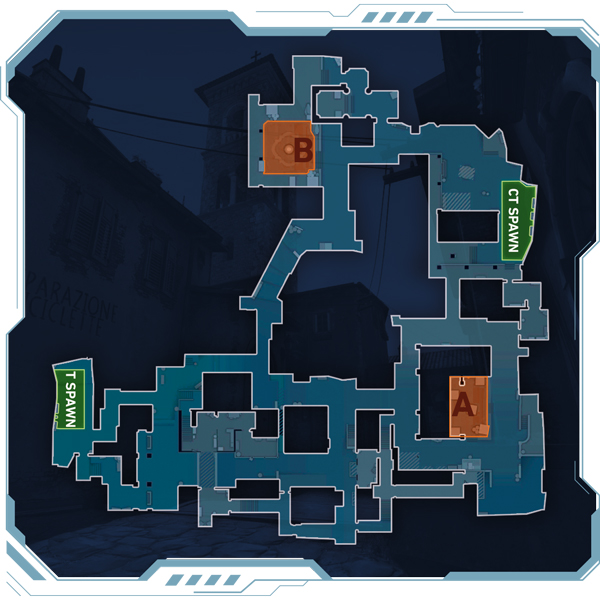
Inferno was only recently added back to the map pool after a long time being remade. The map used to be CT biased maps (53.8% win rate for CT in 2016) but recently it has become more T side biased (CT side win rate down to 49% in 2017) in certain tiers.
Over the years, Inferno has gone from being a CT-biased map, with a CT 53.8% win-rate in 2016, to a neutral win-loss ratio as of 2019, only slightly in CTs favour at 50.7%.
The map is not that different from its original iteration, except for the changes on Banana, with it being harder for CTs to hold this position and easier for the T side to re-take it.
The rotation times are also considerably longer between the sites, and re-taking sites is incredibly difficult due to the easy crossfire setups a team can create. A side losing CT 8 - 7 is not considered a bad half anymore, and is something to think about when betting on a match in-play.
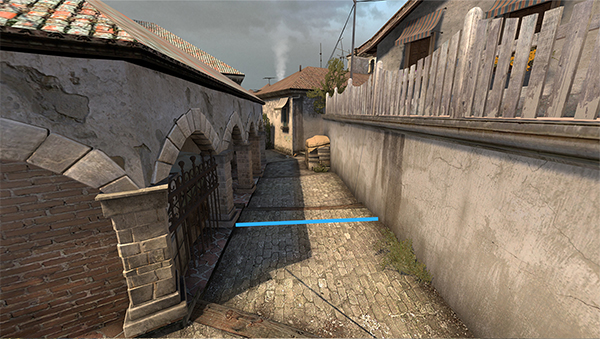
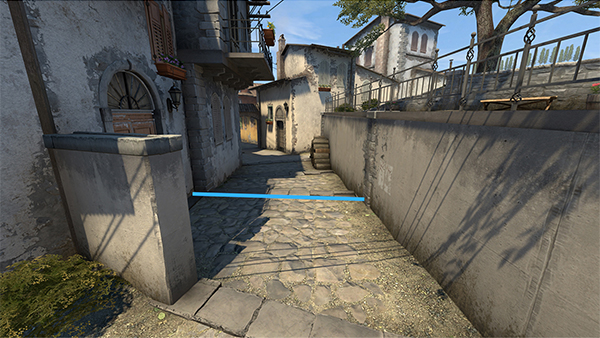
Banana is a lot wider than it was before. This gives the T side more space to work with, and makes it less likely the T-sided players will get caught with a Molotov or shot through smoke. Grenade stacking is also more difficult due to the larger amount of space.
Mirage was immensely popular as of the last 12 months - accumilating a total of 19360 kills.
Economy on the CT side is perhaps even more important than it was before, as they need to do everything they can to ensure they hold off the attacking team. A CT side leading with poor economy means only one T-sided round is needed to potentially win three more, due to their money being too low to buy weapons and utility again.
This guide should help you understand the different nuances from the CS:GO map pool, but there is always more to learn such as the differences between 64-tick and 128-tick. At the very least, bettors should always remember that it is important to think how the map can influence the outcome of a match (both before and during) when betting on CS:GO.
*All stats sourced from HLTV.org

